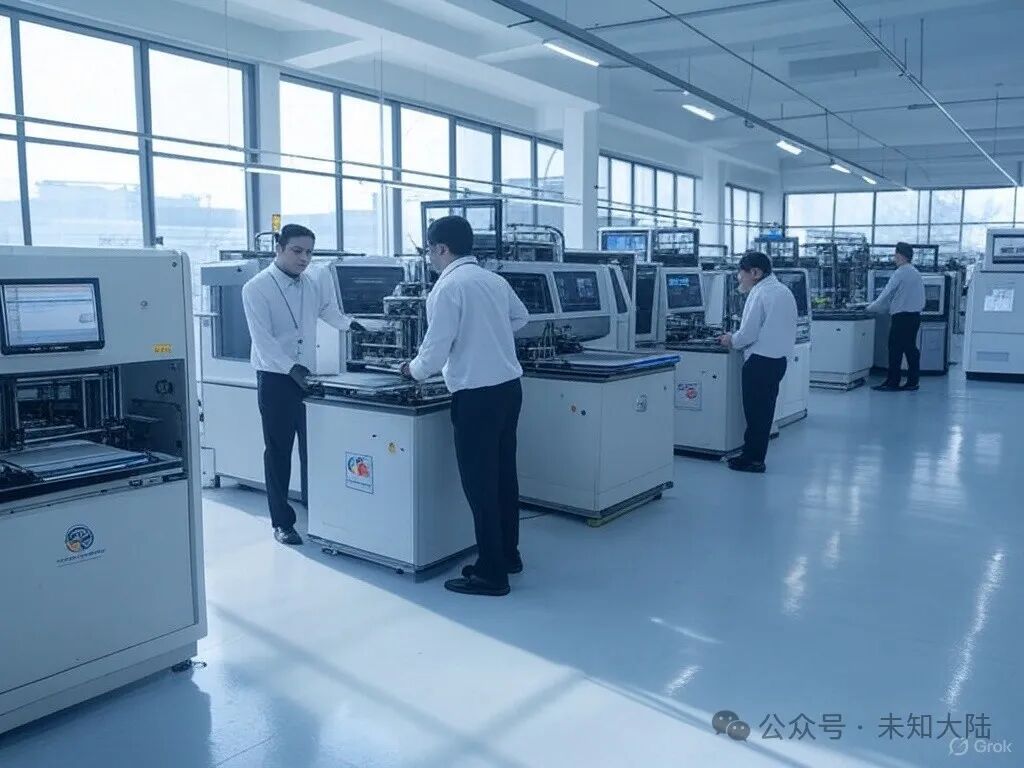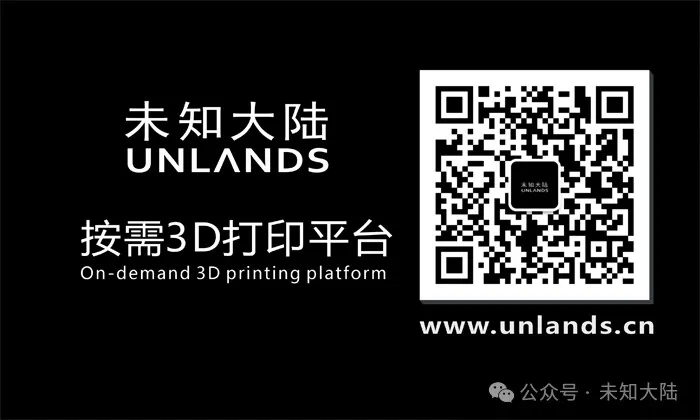Since the outbreak of the US-China trade war in 2018, the escalation in 2025 has pushed the global supply chain to a new crossroads. The US has imposed a 145% tariff on Chinese goods, while China has retaliated with precise measures targeting the lifeblood of American agriculture. The competition between the two has evolved from trade friction to a comprehensive strategic confrontation. In this storm, Vietnam has become a popular destination for supply chain relocation, and 3D printing technology, as a pioneer of innovation in manufacturing, is becoming a key player for companies to “invest heavily in Vietnam” due to its flexibility and efficiency. However, this trend hides both opportunities and pitfalls, warranting a sharp analysis.

1. Supply Chain Relocation Amidst the Trade War: Why is Vietnam the Focus?
The core logic of the US-China trade war is the redistribution of costs and market access. High tariffs force companies to reassess their supply chain layouts, seeking production bases with lower costs and reduced risks. Vietnam has rapidly risen due to its geographical advantages, cheap labor, and lenient trade policies. By 2025, Vietnam’s export volume is expected to account for nearly 100% of its GDP, becoming a “new star” in the global supply chain. Compared to China, Vietnam not only avoids the direct impact of high US tariffs but also seamlessly connects with the global market through the Regional Comprehensive Economic Partnership (RCEP) and various multilateral free trade agreements.
However, Vietnam’s attractiveness is not without flaws. Its infrastructure, logistics efficiency, and industrial support capabilities still lag significantly behind China. More importantly, the recent brief episode of the US imposing a 46% tariff on Vietnam (which was later suspended) exposed its geopolitical risks—being a small country, Vietnam lacks bargaining power in geopolitical games and could easily become a “sandwich” in the competition between major powers. Companies that blindly “invest heavily” may face the impact of fluctuating policies in the future.
2. 3D Printing: The “Super Accelerator” of Vietnam’s Supply Chain
In the wave of supply chain relocation, 3D printing technology has become a “trump card” for investment in Vietnam due to its disruptive advantages. Unlike traditional manufacturing, which relies on large-scale assembly lines, 3D printing achieves on-demand production by stacking materials layer by layer, offering the following key advantages:
Reducing Supply Chain Complexity: 3D printing does not require complex molds and multi-step supply chains, allowing the entire process from design to production to be completed on a single device. This is particularly important for a country like Vietnam, where industrial support is not yet mature, enabling companies to quickly establish factories and avoid logistics bottlenecks.
Addressing Tariff Uncertainty: The core of high tariffs is to increase export costs, while the localized production capability of 3D printing can directly move manufacturing closer to target markets, bypassing tariff barriers. For example, 3D printed products produced in Vietnam can be directly supplied to Southeast Asia or exported to Europe and the US, reducing the impact of trade friction.
Flexibility and Innovation-Driven: 3D printing supports small-batch, customized production, suitable for Vietnam’s rapidly growing electronics, medical, and aerospace industries. By 2025, China’s 3D printing market is expected to exceed 63 billion yuan, while Vietnam is accelerating its catch-up by attracting foreign investment, attempting to build a “new hub for 3D printing in Asia.”
For instance, many 3D printing equipment manufacturers from China have begun to establish operations in Vietnam in response to US tariff barriers. Companies like Guangyunda have set up R&D centers in Vietnam, leveraging local cost advantages to develop equipment for the global market. This not only avoids tariff risks but also strengthens market competitiveness through technology export.
3. Concerns Over Vietnam’s “3D Printing Boom”: Opportunity or Trap?
Although the combination of 3D printing and Vietnam seems like a match made in heaven, “investing heavily in Vietnam” is not a smooth path, and potential risks cannot be ignored:
Geopolitical Constraints: While Vietnam maintains a “balanced diplomacy” between China and the US, its economy is highly dependent on exports, making it vulnerable to fluctuations in major power policies. The brief episode in April 2025, when the US temporarily imposed a 46% tariff on Vietnam, serves as a cautionary tale. If US-China tensions escalate further, Vietnam may be forced to “take sides,” leading to policy uncertainties for corporate investments.
Technological and Talent Bottlenecks: 3D printing is a high-tech industry that relies on advanced equipment and specialized talent. Vietnam’s vocational education and R&D capabilities are far behind those of China, making it difficult to form a complete industrial ecosystem in the short term. If companies view Vietnam merely as a “manufacturing base,” they may lose their innovative advantages due to technological bottlenecks.
Cost Traps and Market Competition: Although Vietnam’s labor costs are low, land, energy, and logistics costs are rising rapidly. Coupled with the rise of emerging markets like India and Indonesia, Vietnam’s cost advantage may disappear within the next 5-10 years. More importantly, the low-cost advantage of 3D printing requires large-scale application, while Vietnam’s market size is insufficient to support a global-level supply chain.
The Shadow of China: Many companies that have set up factories in Vietnam still rely on upstream raw materials and equipment from China. For example, core components such as metal powders and high-precision lasers required for 3D printing are often imported from China. If the US-China trade war affects the raw material supply chain, factories in Vietnam may face the risk of supply chain disruptions.
4. Sharp Recommendations: The Right Approach to “Investing Heavily in Vietnam” with 3D Printing
In the face of a situation where opportunities and risks coexist, if companies want to break through by “investing heavily in Vietnam” through 3D printing, they need to adopt the following strategies:
Empower with Technology Rather Than Simple Transfer: Instead of viewing Vietnam as a low-end manufacturing base, it is better to build a regional innovation center through technology export. For example, establishing R&D and training bases for 3D printing to cultivate local talent and fill the industrial gaps in Vietnam.
Diversify Layouts to Avoid Risks: Do not put all your eggs in one basket in Vietnam. Companies should also consider markets like India and Thailand to form a multi-point supply chain network to cope with geopolitical fluctuations.
Deepen Localization Markets: Although Vietnam’s domestic market is small, it is growing rapidly in sectors like healthcare, education, and consumer electronics. Companies can leverage the customization advantages of 3D printing to develop products for the local market, reducing dependence on exports.
Beware of Policy Traps: Closely monitor policy developments in the US-China relationship and Vietnam, establishing a flexible supply chain adjustment mechanism. For example, through modular production with 3D printing, quickly switch production locations or product lines to respond to tariff changes.
5. Conclusion: A Cautious Approach to the “Mutual Pursuit” of 3D Printing and Vietnam
In the context of the US-China trade war and supply chain relocation, 3D printing injects new vitality into Vietnam and provides companies with tools to mitigate risks. However, Vietnam is not a “safe haven” but a competitive arena full of uncertainties. While the flexibility of 3D printing can help companies quickly establish a presence, a lack of strategic vision may lead to new dilemmas if they blindly “invest heavily.”
The future global supply chain will no longer be a game of a single country but a complex interplay of technology, policy, and market. As the “new engine” of manufacturing, 3D printing needs to find a balance on the fertile ground of Vietnam—seizing opportunities while being wary of traps. Only by wielding technology as a spear and strategy as a shield can companies emerge victorious in this trade war.
